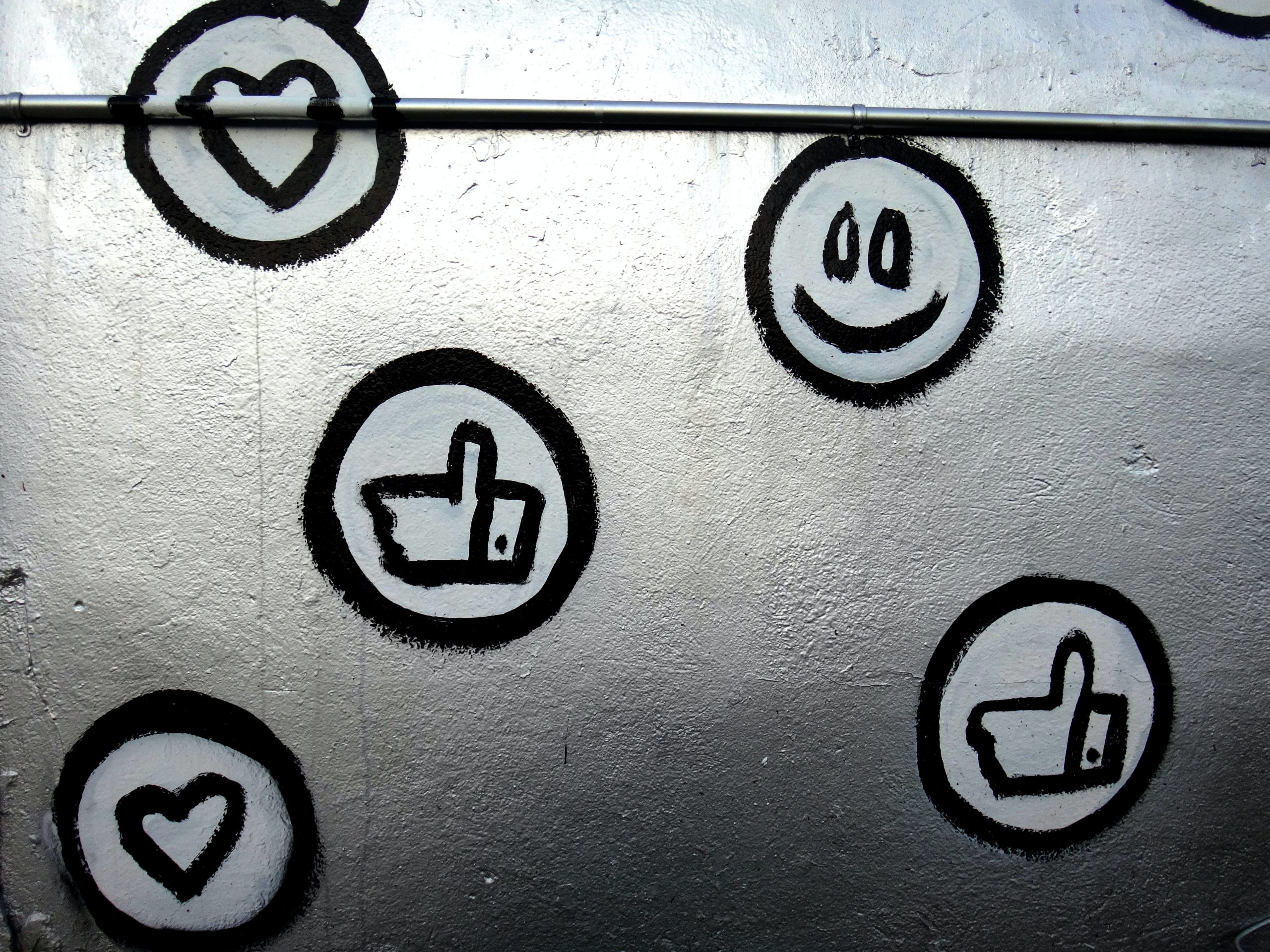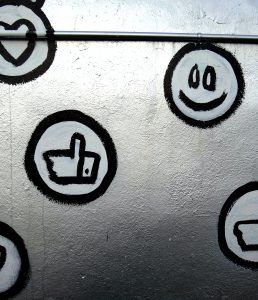Having looked first at migration, development and ICT at global policy level, and then at an example of Big Data for refugee forecasting to improve humanitarian response, in this, my third post of the series, I intended to explore how technology is used along migration journeys. More specifically, I wanted to explore how social media is used, and whether it has untapped potential for development, to balance its negative applications and the unsurprising but chilling addictive nature of social media algorithms brought to the fore in Netflix’s recent documentary, /the social dilemma. However, my immediate challenge is the vastness of each of these concepts…
First and foremost, there is no one migrant journey or experience, though media coverage of migration in recent years may lead the average reader to believe otherwise. Secondly, social media is an ever-evolving beast that encompasses a growing number of platforms. Nevertheless, despite the Big Tech giants snapping up the new kids on the block in an attempt to subsume all online networks, “It’s the people who use social media who create it, not the developers of platforms.” – or so says UCL’s Why We Post project. And people (including all ‘categories’ of migrant) are anything but homogeneous in their use of social media. Indeed, UCL also found that most people now use a range of online platforms – referred to as ‘polymedia’. The temporary and fluctuating natures of both social media and migratory status, as well as their respective broad scopes, make it the work of far more than a humble blog post to fully explore how social media is and can be used within the migration and development world.
Fortunately, like any internet writer faced with too much content for their word-limit (platform imposed or otherwise) I can turn to the listicle format made ubiquitous by bloggers worldwide, to highlight a selection of examples of social media’s interplay with migration in my case-building for technology’s role as a vector of development.
How is social media used ‘for good’ within migration?
Awareness raising
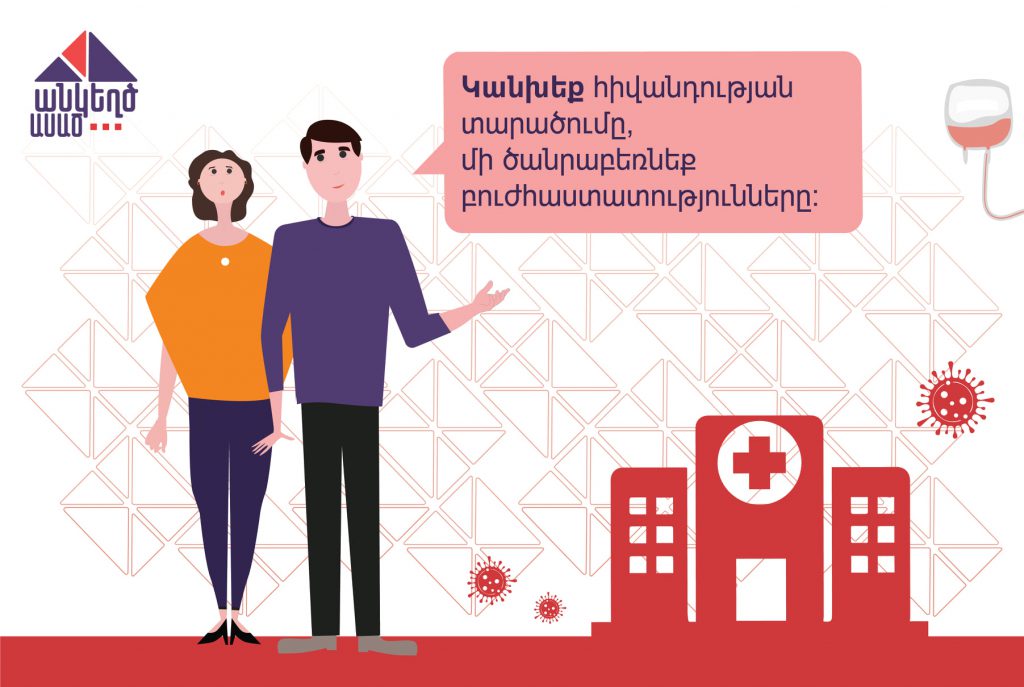
IOM Armenia’s Sincere Talk campaign on Facebook, Twitter and Instagram improves HIV/AIDS awareness among urban labour migrants in Armenia, using storytelling and multiple social media platforms to share complicated information widely.
The Africa-Europe Diaspora Development Platform’s Twitter campaign #AfricanDiasporaHeroesUnmasked promotes and celebrates how African diaspora individuals in Europe have supported Covid-19 response in their country of residence and heritage
The International Refugee Committee clarifies the different words used when talking about people on the move: refugee, asylum seeker, immigrant, migrant. Because words have power and are too easily misused.
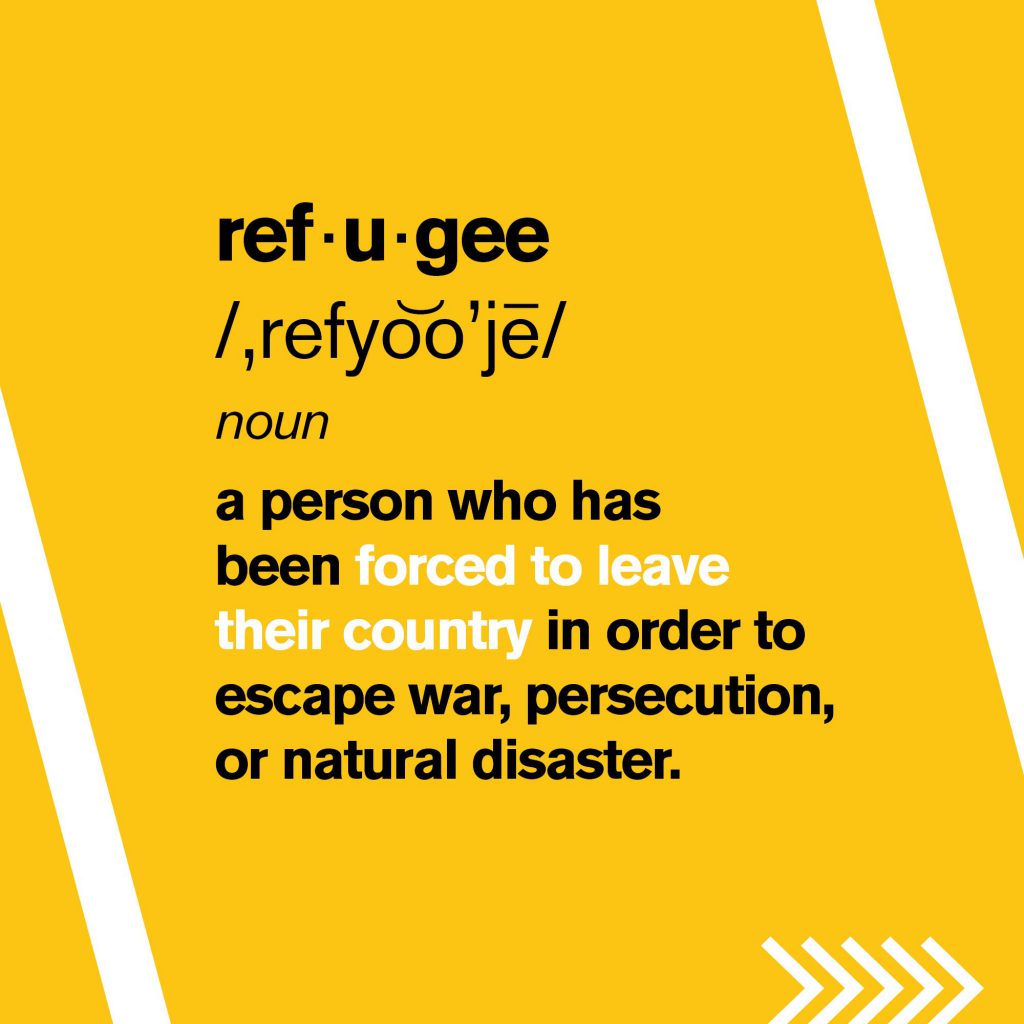
Accountability
Médecins sans frontières endeavours to ensure the general public remain informed on the progress (or lack thereof) in providing suitable facilities for asylum seekers in Greece after the refugee camp in Moria was devastated by fires – just one example of how NGOs hold governments to account via social media.
The International Catholic Migration Commission uses its platform calls for big business and governments to focus on the impact of Covid-19 on people over money and power.
Relief Watch uses Facebook Messenger (among other) to affirm communities’ agency to hold humanitarian actors to account, by facilitating experience sharing via a conversational, responsive chatbot system.
Community connections
Facebook, in particular, is frequently cited as a channel via which migrants keep in touch with those in their community of heritage and residence (as well as to seek information from and share content with their networks). A study carried out with non-Maltese in Malta finds this applies to EU nationals, Third Country Nationals and Asylum Seekers alike. Whilst a UNU MERIT Working Paper on Social Media and Migration in 2014 reviewing existing research approaches to social media and migration noted that “social media enables migrants to passively monitor past social connections, which can help to sustain community, even across distances”. Although in this regard the authors also noted that such online community engagement may slow down the process of integration.
Cultural identity preservation
Social media platforms have been used at national and grassroots level to preserve and promote cultural identity between sending country and migrant communities, from the annual campaign weeks to promote Pacific Island Nation languages, to the ways the use of online networking by Filipinos overseas can “express and recompense forms of Filipino extended personhood that persist from the pre-colonial era [and use can recreate] a sense of village-ness for migrants now scattered across a number of receiving nations.”
Crisis response
This category deserves reams of paper, but the recent and continuing responses to the global Covid-19 pandemic throw up a host of examples of social media used by/for migrants in varying capacities: identifying medical experts with migrant background via LinkedIn to share skills; online knowledge transfer from diaspora professionals to countries of heritage; crowdfunding for equipment across a variety of platforms and promoted on social media; translating government communications into different languages for migrant communities in the country of destination, and sending information back to countries of heritage…The list goes on, and will likely keep evolving whilst the pandemic continues, but is symbolic of the variety of ways social media are levied by and for migrants in times of crisis.
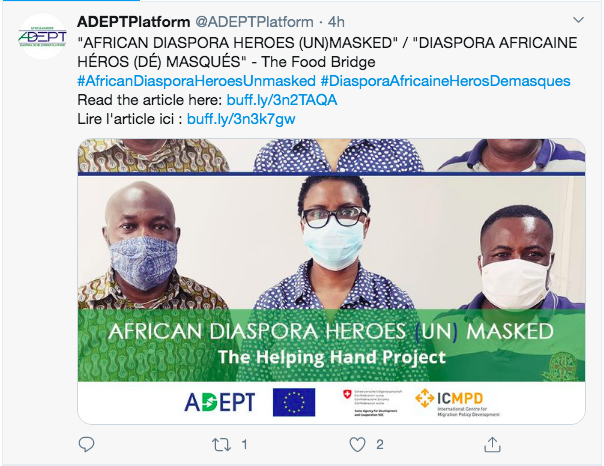
Protection
As mentioned in my previous post, localised analysis of social media has proved beneficial in identifying potential victims of human trafficking and people smuggling, as well as elements of the operations which might lead to intervention, through data mining, mapping and advanced analytics. Leveraging social media data in such a way creates opportunities for enhanced protection of the vulnerable and is something to be refined in collaboration with the network owners.
Information sharing
Across the various networks, we witness information being shared by individuals, authorities (local and national), civil society organisations and international organisations to support migrant communities in all their guises. This ranges all the way from the personal-level communication of memes and emoji to governmental service announcements, and somewhere between the two fall such initiatives as Refugee Text which combine both the personal interaction of social media with the official communiques of governments – such projects demonstrate the potential of social media to bridge worlds and create accessibility for all within the migration sphere.
…If this were a Twitter thread, it would go on and on, and I would seek out additions from those more knowledgeable than me. However, as it is a comparatively retro-format the above list is in no way exhaustive; see it as a sign-post that demonstrates the breadth of scope of social media to facilitate positive change.
Digital dystopia
Despite the positive examples above, social media does not play a uniquely constructive role in migration and development; examples of nefarious uses proliferate the world-over. As Tristan Harris, Former Google Design Ethicist, described in /thesocialdilemma: “[Technology is] simultaneously utopia and dystopia.” In terms of social media and migration we have claims that ‘success stories’ on social media encourage migration (subtext: not via legal pathways); platforms used for recruitment and control of victims of human trafficking, as well as facilitating operations. Similarly, migrant smugglers use combinations of social media to advertise and inform about their services to target audiences, before switching communication platform for direct communication and coordination, making them difficult to track. In addition, there have been examples of national governments taking each other to task on social media over migration-related disagreements. On the more official side of migration, social media is used to recruit ‘labour migrants’, although here the quality of information available and the subsequent recruitment and employment may be less ethical or fair. One example is the agricultural industry recommencing recruitment during the Covid-19 pandemic without suitable safeguarding mechanisms being in place (IOM speaking at webinar on GCM Objective 6, 6.10.20). This highlights a variation on the issue responsibility for information shared on social media: if the information shared by approved recruiters takes a migrant worker to a job (and perhaps country) with suboptimal, or even dangerous, conditions, does the social media platform share responsibility for the process?
The balance
Despite the dystopian side, thanks to the diversity of the ‘good’ uses of social media, I am led to one conclusion: Social media reflects the people that use it, and by and large, people are good and kind.
Therefore with regulation and accountability we can strive for social media to achieve its full potential as a vector of development (though the question of how is not for today). Clearly, this is no mean feat and requires collective effort from citizens, Big Tech and governments. Regulation needs to put people before economies and accountability needs to be bottom up and top down. This means better digital literacy alongside appropriate global-level policies to monitor and regulate the use of social media and the subsequent use of data generated.
Social media will evolve, as its users (and markets) demand. The ways people, organisations and governments use it for good will both push and respond to these evolutions, as will those who use them for ill in migration and beyond. The question is, can we as a global community work together to ensure that the good outweighs the bad? Yes. In fact, social media gives us a global space in which to lead such a change. So drop the dilemma and use socials to amplify positive initiatives, demand better regulation, insist on transparency, call out dangerous practices and learn from it all (just don’t forget to turn off the push notifications).
Further reading:
Why we post: the anthropology of social media (UCL online course)
Dangerous Digital Liaisons: An inquiry into digital policies regarding migrant smuggling on social media Johanna Bankston, 02.04.20 (COMPAS, University of Oxford)

